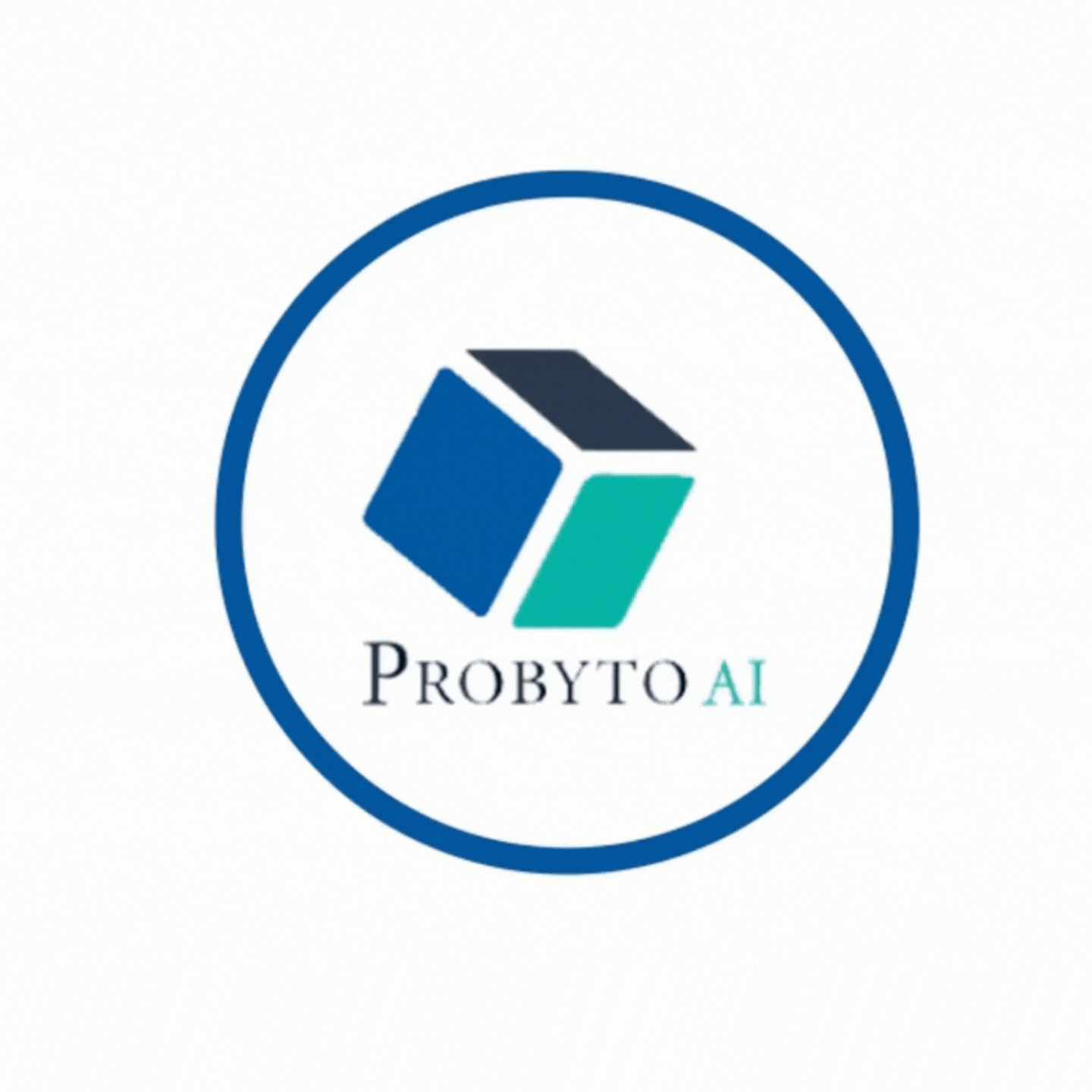Getting Started with Simple Machine Learning
Computers can make smart decisions using machine learning. People are able to solve problems faster and concentrate on more creative tasks with the process. Using machine learning requires two things:
1. A Clear Problem to Solve:
To use machine learning effectively, you need to know exactly what problem you want to solve. Making decisions automatically could involve predicting something, finding patterns, or finding patterns. Finding the right solution is easier when you have a clear understanding of the problem. For example, if you intend to predict how many products you will sell next month, you have a clear problem. It is possible to make this prediction using machine learning.
2. Good Data and Systems:
It is essential to have good data and a system for managing it. Data-driven decision-making requires regular reports, secure and organized data, and a culture of data-driven decision-making. Machine learning relies on good data. The machine learning model won’t work well without it. A model can be trained using sales data from the past few years, for example.
Machine learning is exciting and it’s easy to get started right away. However, you must first ensure your data and system are ready. Be sure you can access the data before starting with machine learning. Machine-learning efforts won’t be successful without a good system for gathering and storing data. Start by setting up a reliable data infrastructure, so you have all the information you need in one place.
Understanding Machine Learning: Machine learning comes in different types:
1. Unsupervised Learning:
Identifying patterns in data is the goal of this type of analysis. To identify the factors affecting the data, the data are clustered (called clustering) or principal component analysis is used. The buying behavior of your customers might be segmented using unsupervised learning, for example. By doing so, it is possible to identify the types of products that different types of customers prefer.
2. Supervised Learning:
This type makes predictions based on past data. It predicts future outcomes based on examples. A customer’s past purchases can be used to predict what products they will buy next using supervised learning. Thus, supervised learning can predict what products customers will buy next based on their past purchases.
3. Reinforcement Learning:
By rewarding good decisions, this type teaches an agent how to make decisions. Trial and error is how it learns, just like a pet. By rewarding a robot for reaching the right spot, reinforcement learning could be used to teach it how to move through a warehouse.
If your business problem falls into one of these categories, you can use machine learning:
- Pattern Recognition:
Discovering new patterns or understanding existing ones. Using pattern recognition to find patterns in customer feedback can help you improve your products and services.
- Prediction:
Using past information to predict future events or categorize things. Data collected from previous sales can be used to estimate future sales, for example.
- Automation:
Self-driving cars and chatbots are examples of agents that make decisions automatically. Customer service inquiries could be handled automatically by a chatbot, for instance.
Try simple rules (heuristics) before turning to machine learning. You might not need machine learning if they can do it. The use of machine learning improves accuracy and precision, but it isn’t necessary for simple tasks.
Practical Examples of Machine Learning
Here are some common ways businesses use machine learning:
- Financial Forecasting: Predicting financial trends using models like linear regression. It helps businesses plan for the future with greater accuracy. For example, a company might use financial forecasting to predict its revenue for the next quarter and make informed business decisions.
- Customer Personalization and Recommendations: For businesses that interact a lot with customers, machine learning can suggest products or services based on customer behavior. This starts with pattern recognition and can evolve into making predictions. For example, an online retailer might use machine learning to recommend products to customers based on their past purchases.
- Customer and Product Segmentation: Grouping customers or products into categories to target efforts more effectively. This can be done using pattern recognition or prediction. For example, a business might segment its customers based on their buying behavior and create targeted marketing campaigns for each segment.
- Marketing and Sales Forecasting: Predicting how customer actions affect sales, like how emails impact event attendance or keywords affect click rates. This helps optimize marketing strategies. For example, a company might use machine learning to predict the success of an email marketing campaign based on past campaigns.
- Supply Chain and Operations Optimization: Forecasting needs and preventing shortages in manufacturing and inventory management. This is crucial for efficiency, especially during economic challenges. For example, a manufacturer might use machine learning to predict when it will need more raw materials and avoid production delays.
Conclusion
Machine learning is a powerful tool that can help businesses make smarter decisions and operate more efficiently. By starting with a clear problem to solve and ensuring you have good data and systems in place, you can successfully implement machine learning in your organization. Machine learning can help you achieve your goals and stay competitive in today’s data-driven world, whether you’re predicting sales, personalizing customer experiences, or automating business processes.

